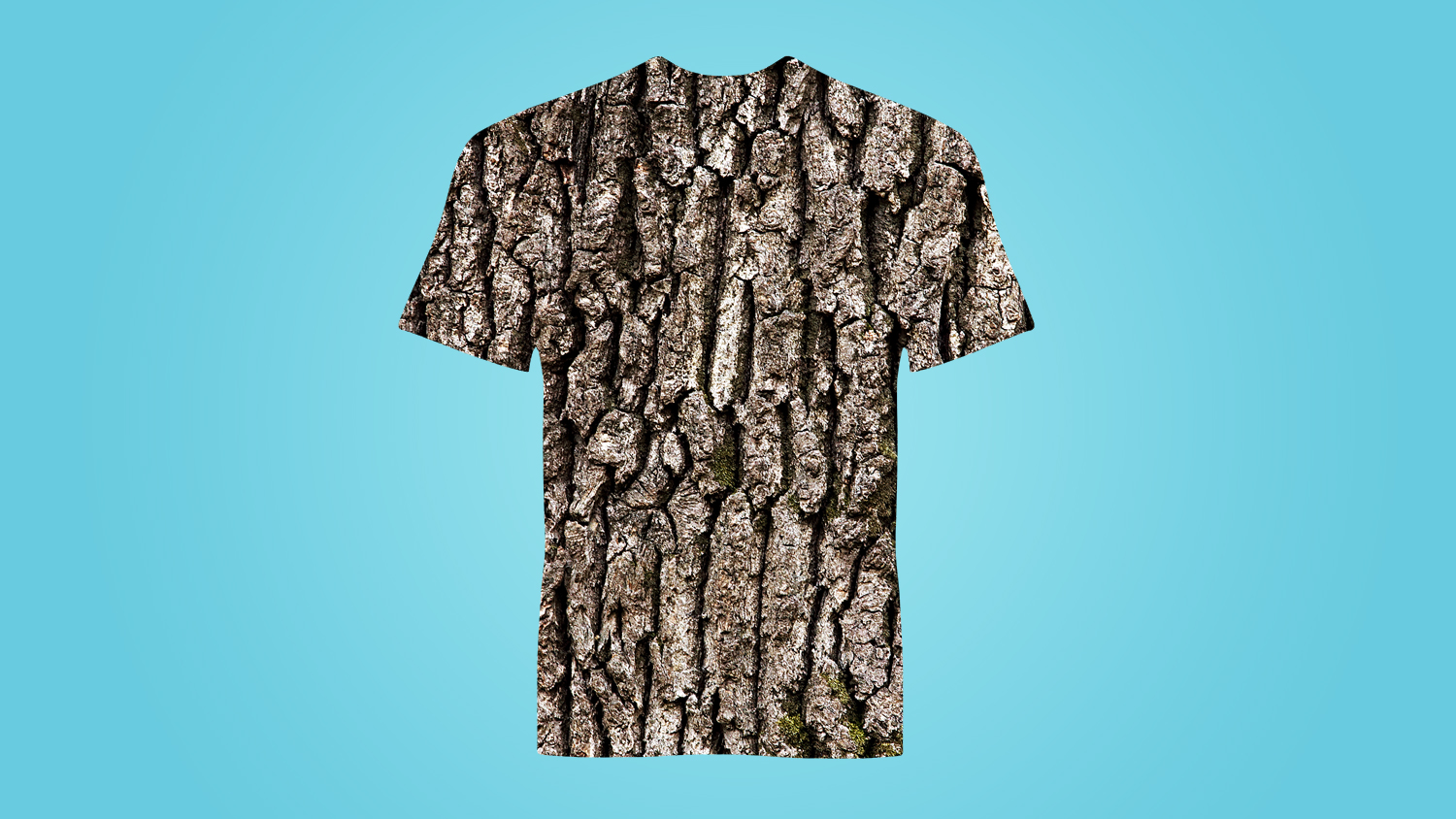Q. What do you think of wood-derived fiber used for clothing? Does this type of fiber put less of a strain on the environment than other naturally derived fibers, such as cotton? This particular company advertises sustainable practices, however with no specific examples of how this is applied.
Alison
A. Dearest Alison,
My thoughts on this subject are quite similar to my thoughts on foods such as sweetbreads and head cheese. Do I like them? Yes, I do – but only when they’re carefully chosen, meticulously prepared, and thoughtfully presented. (Oh dear, that certainly makes me sound like a foodie.) So it is with tank tops that used to be trees: When produced sustainably, they can be a nice addition to our closets. When not, we should steer clear.
The wood-derived fibers you cite are technically known as regenerated cellulose fibers: They originally come from plants, usually trees and bamboo, but they’re considered human-made because they need significant chemical processing before they’re in any shape to clothe anyone. Some of these fibers may be familiar (rayon, viscose), while others are a bit more obscure (lyocell, brand name TENCEL, and wet modulus rayon, brand name MODAL). These woody threads are all made a bit differently, but they share a certain soft feel and nice draping quality.
Clothes made from trees or bamboo sure sound appealing, especially when compared to petro-products like polyester, don’t they? But there are two major environmental issues associated with such items. The first, unfortunately, is deforestation. We’re logging trees everywhere from Canada’s boreal forests to the tropics of Indonesia and Brazil to produce the wood pulp that becomes fabric, and in some cases, we’re not doing it very sustainably. According to the conservation nonprofit Canopy, in fact, 30 percent of all rayon and viscose come from “endangered or ancient forests.” I’m not so keen to swathe myself in old-growth palms, and I’m guessing you’re not either, Alison.
There is a bright side, though. Quite a few brands — including H&M, Patagonia, Quiksilver, and Lululemon — have signed on to a campaign led by Canopy pledging to stop using any cellulose fibers that come from threatened forests. Patagonia, for example, says it buys wood-derived material only from Forest Stewardship Council-certified plantations and forests, and Lenzing (the company behind TENCEL and MODAL, and the one you linked to in your question) also boasts FSC bona fides. So if I were shopping, I’d give my business to a company that has publicly sworn off of willy-nilly rainforest logging.
But not so fast: Remember the chemical processing I referred to earlier? As you might have guessed, that can involve some noxious stuff. Rayon and viscose are the worst offenders, because they’re produced with highly toxic solvents that endanger factory workers’ health and pose a major risk to the surrounding air and water. Factories only recover about half of one nasty chemical used, carbon disulfide, ominously sending the rest out into the environment.
Lyocell, on the other hand, is made using a different process — one that Lenzing says uses less toxic chemicals and recovers almost all of its solvents in a closed-loop system. TENCEL also comes from FSC-certified eucalyptus farms; the fresh-smelling trees get a thumb’s up from the Natural Resources Defense Council because they’re fast-growing and can thrive on otherwise marginal land. Really, it seems most fabric sustainability experts agree that lyocell is tops among all the wood-derived duds — so shop accordingly.
You asked how the cellulose crew compares to other natural fibers, such as cotton. (Not to be confusing, but did you know cotton is 90 percent cellulose?) Conventional cotton certainly has its problems: namely, huge water use and heavy doses of pesticides and insecticides. And I did find one Life Cycle Analysis that looked at the environmental impact of cellulose-based fibers vs. cotton and polyester based on energy, water, and land use — and the cellulose came out ahead, with cotton dead last. But, as we’ve seen, we should be careful about which wood-derived fabrics we choose to adorn ourselves.
In the end — and loyal readers, you knew this was coming — the very best fashion-related decision we can make is to shop secondhand. And if you can unearth some organic cotton or lyocell in the thrift shop heap, so much the better.
Sartorially,
Umbra




